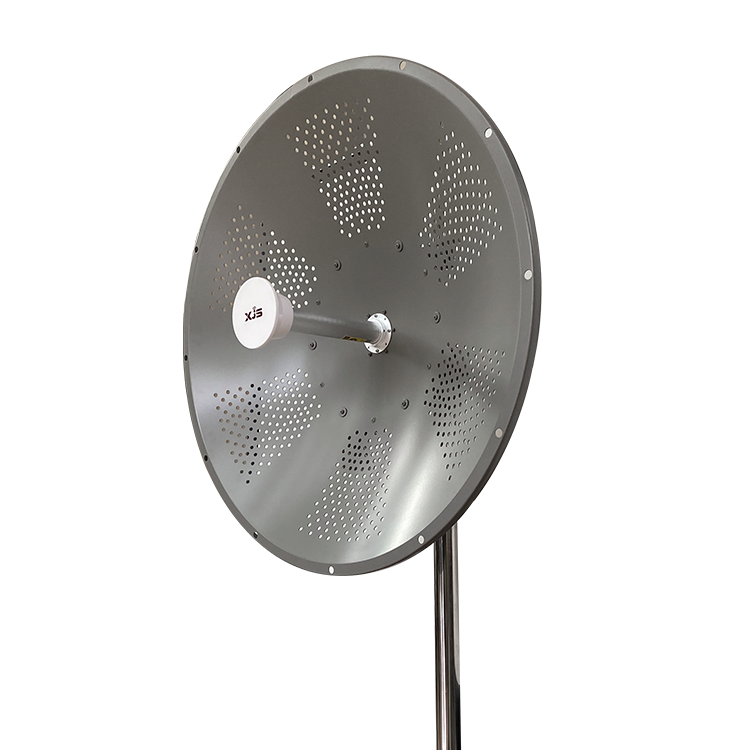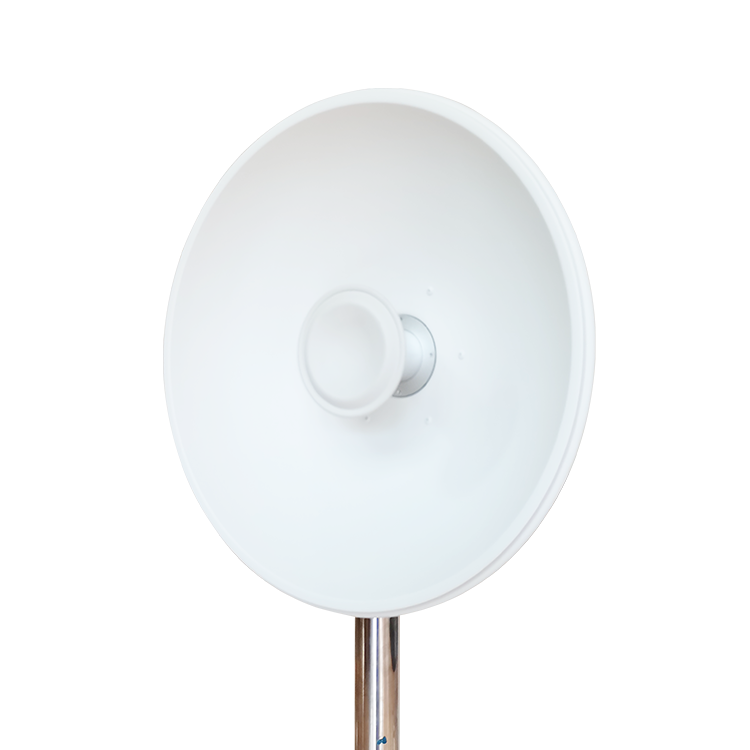In the rapidly evolving landscape of wireless communication, the placement of antennas plays a pivotal role in ensuring optimal network performance. A particularly important technology in this realm is Multiple Input Multiple Output (MIMO) antennas, which utilize multiple transmitters and receivers to enhance communication performance. Understanding MIMO antenna placement is essential for maximizing coverage, increasing data rates, and minimizing interference.
The Importance of MIMO Antenna Placement
MIMO technology allows for the simultaneous transmission of multiple data streams, significantly boosting the capacity and reliability of wireless networks. However, the effectiveness of MIMO systems is heavily influenced by how and where antennas are placed. Here are several reasons why proper placement is critical:
Signal Quality: Effective placement of MIMO antennas can significantly improve signal quality. By strategically positioning antennas, users can reduce dead zones and enhance the overall user experience.
Interference Reduction: Proper placement helps mitigate interference from other devices and environmental factors. This is particularly important in urban areas where many signals compete for bandwidth.
Coverage Optimization: MIMO antennas can cover larger areas when placed correctly. This is crucial for applications in densely populated regions or expansive outdoor environments.
Capacity Enhancement: With the right placement, MIMO systems can utilize spatial diversity to increase the number of simultaneous connections, thereby enhancing network capacity.
Factors Influencing MIMO Antenna Placement
When determining the optimal placement for MIMO antennas, several factors must be considered:
Environment: The physical environment, including buildings, trees, and other obstacles, can affect signal propagation. MIMO antennas should be positioned to minimize obstructions.
User Density: Areas with high user density may require more strategically placed antennas to handle the increased demand for bandwidth and reduce latency.
Frequency Bands: Different frequency bands have varying propagation characteristics. Understanding these can help in selecting the best placement for antennas.
Antenna Orientation: The orientation of antennas can significantly impact performance. For MIMO systems, aligning antennas to optimize spatial diversity is crucial.
Best Practices for MIMO Antenna Placement
To maximize the benefits of MIMO technology, consider the following best practices for antenna placement:
- Height and Elevation: Position antennas at an optimal height to reduce ground-level interference and improve line-of-sight propagation.
- Separation Distance: Maintain adequate separation between antennas to exploit spatial diversity effectively. This helps in reducing the correlation between the signals received.
- Testing and Simulation: Utilize advanced simulation tools to model different placement scenarios. Testing various configurations can provide insights into the best setup for specific environments.
- Regular Assessment: As environments change (e.g., new buildings or increased vegetation), regularly reassess antenna placements to ensure continued optimal performance.
Real-world Applications of MIMO Antenna Placement
In practical terms, effective MIMO antenna placement has been shown to enhance network performance in various scenarios significantly:
Urban Areas: In cities where buildings can obstruct signals, strategically placed MIMO antennas can improve connectivity in high-density areas, ensuring that users experience minimal disruptions.
Rural Connectivity: For rural applications, MIMO antennas can be placed on elevated structures to provide coverage over large distances, making them ideal for agricultural IoT solutions.
Disaster Recovery: In disaster scenarios, quickly deployable MIMO antennas can restore communications by providing reliable coverage in affected areas facilitating emergency response efforts.
Where To Find The Reliable MIMO Antenna?
The 32 dBi MIMO Dish Antenna from XJS Technology is a high-performance solution designed to deliver reliable and efficient wireless communication over long distances. With its impressive gain of 32 dBi and a wide frequency range of 4900-6400 MHz, this antenna is ideal for outdoor point-to-point (PTP) and point-to-multipoint (PMP) applications.
4.9 - 6.4 GHz 32 dBi MIMO Dish Antenna
Key features of this antenna include:
- Dual polarization: The antenna supports both horizontal and vertical polarization, allowing for increased spatial diversity and improved signal quality.
- Durable construction: Made with a 2.0mm thick paraboloid reflector, this antenna is built to withstand harsh outdoor conditions, ensuring long-lasting performance.
- Low signal loss: The use of pure copper N-Female connectors and low-loss RG141 jumper cables minimizes signal transmission loss, maximizing the antenna's efficiency.
- Convenient installation: The upgraded mounting bracket is sturdy, durable, and designed for easy installation, enhancing the user experience.
By leveraging the power of MIMO technology and incorporating advanced design features, the 32 dBi MIMO Dish Antenna from XJS Technology delivers exceptional performance, reliability, and coverage, making it a top choice for demanding wireless communication applications.
Conclusion
The significance of MIMO antenna placement cannot be overstated. It is a critical factor in ensuring robust network performance, particularly as demand for wireless connectivity continues to grow. By understanding the nuances of antenna placement and adhering to best practices, network providers can enhance signal quality, reduce interference, and optimize coverage.
Feel free to reach out to us at xjs@gyxjs.com to delve deeper into MIMO solutions and their applications. As a leading antenna solution provider in the industry, we're here to offer valuable insights and data to support your network planning needs!
.jpg)



